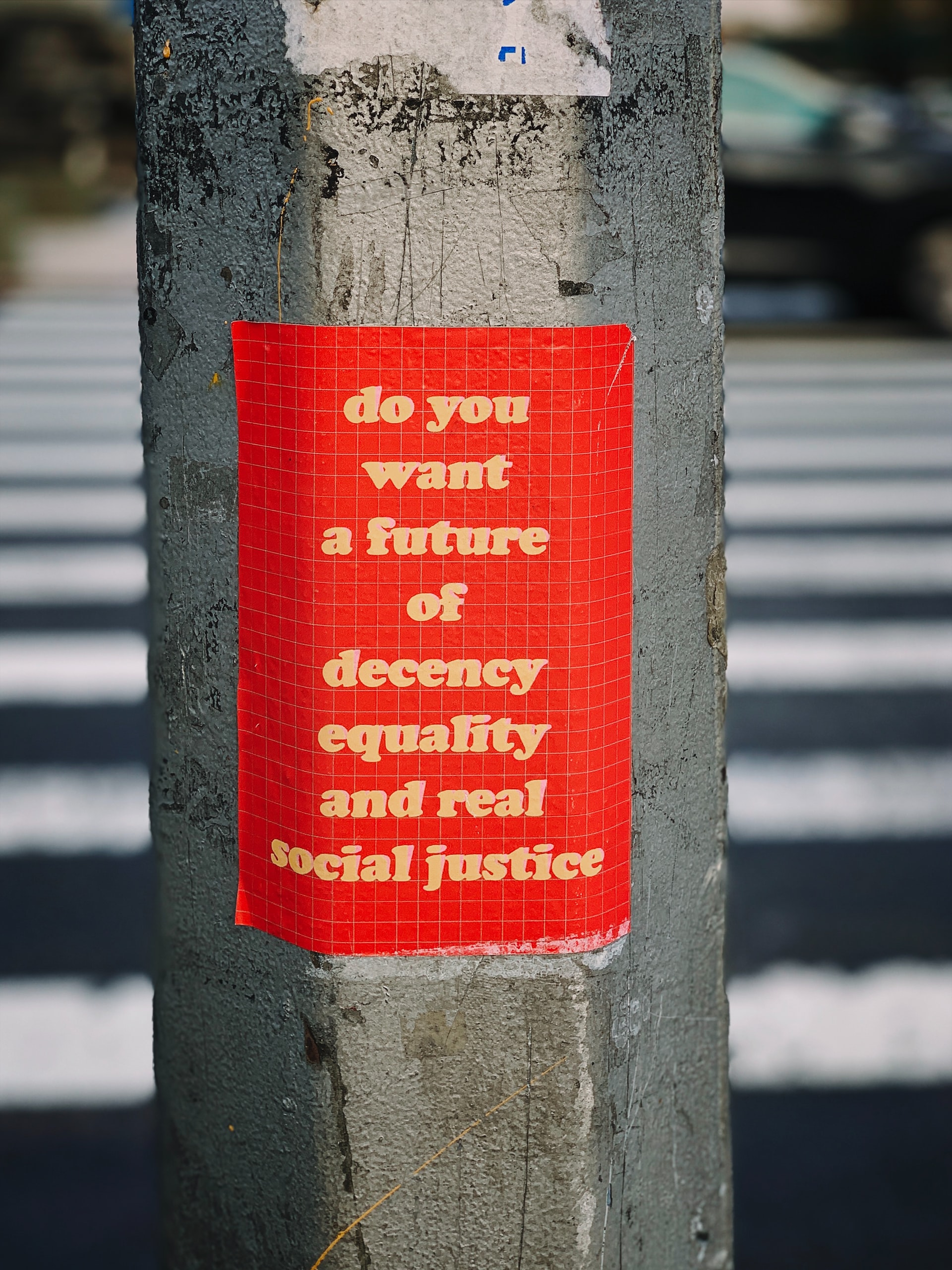A foundation’s strategy should guide how it allocates its resources for maximum impact. For an organization whose primary role is distributing resources, this means everything.
Good strategy can offer your foundation much-needed clarity around big decisions and help address long-standing challenges. For example, our foundation partners commonly cite pain points around seeing the needle remain motionless on priority issues, demonstrating impact, and not knowing where to invest. Getting your strategy right can save significant financial and human resources that are better used elsewhere.
In my last two posts, I described seven common strategy traps that bypass equity and justice and hinder philanthropic (and nonprofit) organizations’ impact. I argue why a better strategy development approach that centers equity and justice can drive more transformative, sustainable impact in most program areas. This approach can also increase traction and accelerate diversity, equity, and inclusion (DEI) efforts.
If you buy the argument, you may now be wondering what such an approach looks like. Good timing. This post covers (a) a few fundamentals to ensure your strategy has a solid grounding, (b) five principles to ensure that it advances equity and justice, and (c) more detail on the first principle.
These principles apply to strategy wherever it shows up: formal strategic planning, refining strategy more continuously outside a distinct planning process, and developing individual programs and initiatives. While targeted toward philanthropy, they apply equally well to nonprofit organizations, intermediaries, and government agencies.
The Basic Art and Science of “Good” Strategy
In general, good strategy defines the priorities that will offer the best odds of success by laying out: what is most important to accomplish and why; a path to get there; guidelines for making hard decisions and tradeoffs; concrete priorities and activities; and the underlying logic, rationale, and assumptions. Because no strategy is ever perfect, it should be dynamic and iterative to keep adapting and improving in an inherently unpredictable world.
Strategy for Equity and Justice: Five Principles
To advance equity and justice, philanthropic strategy needs to consider the root causes of disparities, systems and policy, systemic racism, negative narratives, diversity, equity, and inclusion, and other factors that affect most program areas. These considerations can be overwhelming. The good news, the following five principles can go a long way.
- Principle One: Lead with equity and justice. Begin with equity and justice as the goal, versus layering it onto existing work, and honor disadvantaged and excluded communities as the best sources of solutions to achieve it.
- Principle Two: Recognize the big problem to solve. Understand how systems drive disparities and what keeps them in place.
- Principle Three: Prioritize what makes change happen. Invest in the levers that can change systems.
- Principle Four: Understand the universe and philanthropy’s place in it. Explore who is doing what in your foundation’s ecosystem and take advantage of its unique position and roles.
- Principle Five: Remove the false limitations, and stretch your comfort zone. Reconsider perceptions of “risk” and how they may hinder the most important investments.
Principle One: Lead with equity and justice.
With the unprecedented attention and energy around equity and justice, it begs a few questions: how does your foundation see it as relative to its work? Is equity and justice its own program area, a design consideration, a value, still TBD? If your foundation focuses on health, for example, where do equity and justice show up? How does it think about improving health versus health disparities, health versus health equity?
For a better strategy development approach, Principal One comes first for a reason. If one digs into nearly any program area, I argue that equity and justice lie at the core. Digging in entails documenting disparities (based on race, class, other demographic factors, and geography) and moving beyond that to targeting the root causes of why those disparities exist in the first place.
Following the health example, I argue that first improving health equity and justice is the way to drive broader improvements in health outcomes. Addressing what causes health disparities has ripple benefits for everyone’s health. Conversely, data demonstrates that leading with a generic health focus or standalone solutions, or layering on equity and justice after the fact, leaves foundation impact goals unmet and the needle not moving.
The same goes for education, economic opportunity, food security, early childhood development, youth development, opportunity youth, healthy aging… you name it. These areas go hand-in-hand on a daily basis for communities that are historically disadvantaged and excluded. Equity and justice is integral to all of them, and is the lynchpin for achieving philanthropy’s impact goals.
To lead with equity and justice also includes recognizing that these communities experience that disadvantage and exclusion 24/7, and this lived experience makes members of these communities the best sources of solutions. This means going beyond any one technical community engagement process or methods. A starter question for your foundation to ask: what level of expertise do we believe community members have, and how much influence should they have on our grantmaking and program decisions? That question wasn’t rhetorical.
Moving Ahead
In my next post, I will dive into more about equity and justice and Principle Two: Recognize the Big Problem to Solve, i.e., the systems. Please refer to this white paper for more detail on all the principles and next moves your foundation or organization can start making today.
You can also watch my webinar on the Five Principles here.

